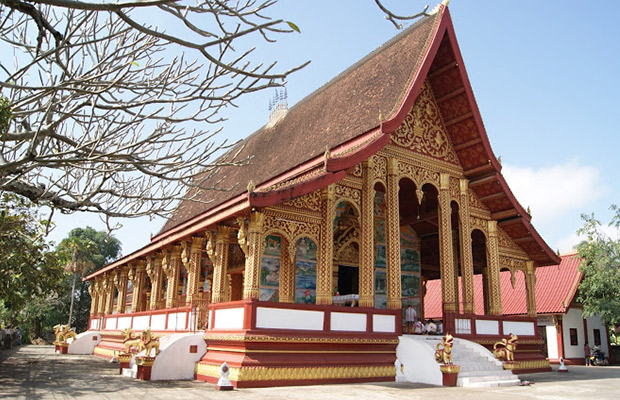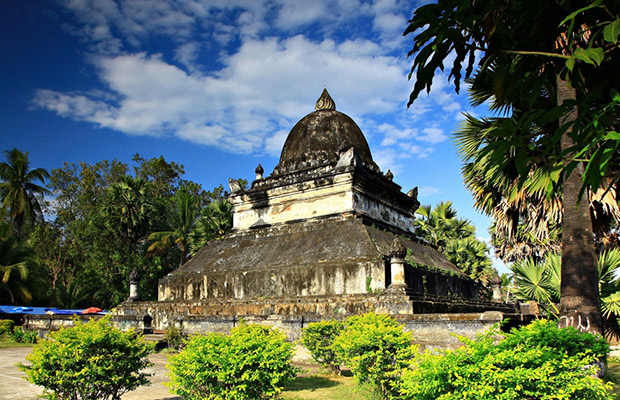Royal Palace, Luang Prabang
Royal Palace, Luang Prabang
Laos
Luang Prabang
Luang Prabang Travel Guide
Book Tour & Activities
Your tour in Luang Prabang.
Book your stay
Your hotel in Luang Prabang.
Overview
The Royal Palace Museum of Luang Prabang once served as the residence of King Sisavang Vong and his family during the French colonial era. Designed in the French Beaux-Arts style with many tasteful accents of traditional Lao culture, the palace was converted into a museum in 1995.
The grounds have a number of other buildings, including an exhibition hall, a chapel (Haw Prabang), and a statue of King Sisavangvong. The royal quarters have been faithfully preserved and offer a fascinating glimpse into the lifestyle of the king and his family.
The Royal Palace (official name Haw Kham, Lao: ຫໍຄຳ Lao pronunciation: [hɔ̌ɔ.kʰám]) in Luang Prabang, Laos, was built in 1904 during the French colonial era for King Sisavang Vong and his family. The site for the palace was chosen so that official visitors to Luang Prabang could disembark from their river voyages directly below the palace and be received there. After the death of King Sisavang Vong, the Crown Prince Savang Vatthana and his family were the last to occupy the grounds. In 1975, the monarchy was overthrown by the communists and the royal family were taken to re-education camps. The palace was then converted into a national museum.
The museum exhibits royal religious objects, weapons, statues, screens and paintings from centuries past. In the mirrored Throne Hall, you can see the crown jewels of Laos. Make sure you visit the room that features murals depicting Lao life in the 1930s.
The Royal Palace Museums is surrounded by a spacious, well-tended garden just off Thanon Sisavangvong. A pavilion houses the 2,000-year-old Prabang Buddha, which is made from solid gold. There’s a garage containing the last king’s collection of cars. The museum is well worth a couple of hours of your time if you want to learn more about Lao history and culture.
You will have to store your shoes, bags, and cameras inside lockers (free of charge) before entering the exhibit halls. The best time to visit if you want to beat the crowds is early in the morning. Traditional dance performances takes place several evenings a week at the National Theatre next door.
Last Palace of Laotian Royalty turned into a museum
The former Royal Palace, now turned into a museum is situated on the banks of the Mekong river, facing the sacred Mount Phousi. Locally the Palace is known as the Haw Kham or Ho Kham, which translates to “Golden Palace”.
The museum houses the Phra Bang, the country’s most sacred Buddha image, which is kept in a richly ornamented shrine.
The Palace was built between 1904 and 1909 during the time of French colonial occupation as the residence of the Laos Royal Family.
It was built to replace the old Palace after the city had been largely destroyed and looted in 1887 by the Black Flag Army, a militia group from China. While the old Palace was made of traditional building materials like teak wood, the new Palace was made of brick. Its style is a mix of French Beaux Arts and traditional Laos style.
When in 1975 the communist Pathet Laos party came to power ending the Laos monarchy, the Royals were forced to leave the Palace, after which it was turned into the National Museum.
How to get to the Royal Palace Museum
The Palace Museum is located on the Luang Prabang peninsula between the Mekong river and Mount Phousi. The main entrance is on Sisavangvong road. Most of the town can be reached on foot. A tuk tuk or jumbo ride from the center of town will cost between 10,000 (about US$ 1.30) and 15,000 Kip (about US$ 2).
Opening hours
The Royal Palace Museum opens daily except Tuesday from 8 am until 11:30 am and from 1:30 pm until 4 pm.
Taking photographs inside the Museum is not allowed. Cameras and bags can be stored in lockers at the entrance.
Shoes should be removed before entering the building. Please dress respectfully, which means no bare shoulders, short skirts or short pants.
Entrance fee
Admission is 30,000 Kip, about US$ 4 per person.
Royal Palace Museum in Luang Prabang
- Location: 27 Ounheun Road, Luang Prabang, Laos
- Open: Monday–Wednesday and Friday–Saturday from 8am to 11.30pm and from 1pm to 3.30pm, Thursday from 8am to 3pm (closed on Sundays)
- Opened: 1909
- Phone: +856 71 212 122
- Construction started: 1904
Video Travel Inspiration
See Royal Palace, Luang Prabang on Map
Most Popular Cities

Siem Reap
Cambodia
Ho Chi Minh City
Vietnam
Beijing
China
Paris
France
London
United Kingdom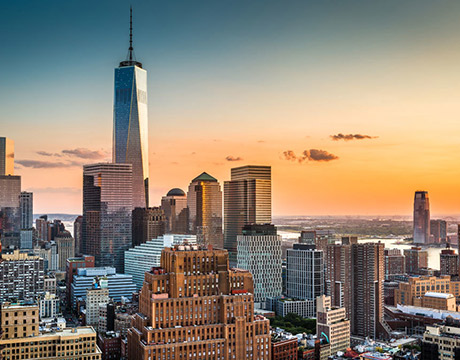
New York
USA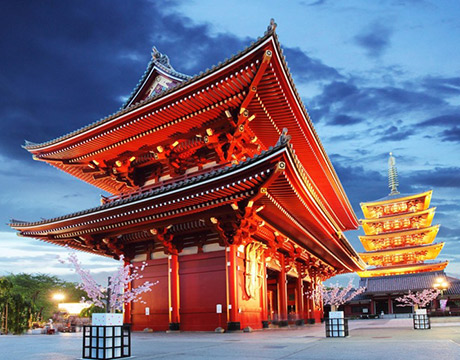
Tokyo
Japan
Bangkok
Thailand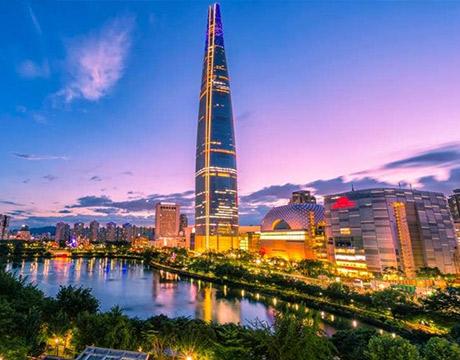
Seoul
South Korea
Vientiane
Laos
Yangon
Myanmar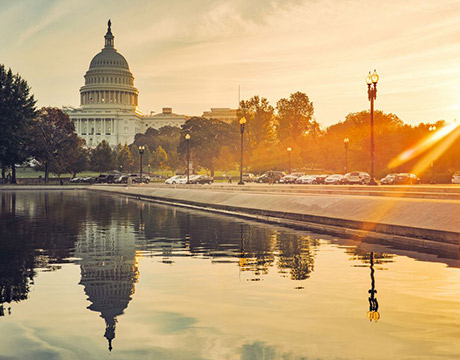
Washington DC
USA
Los Angeles
USA
Ottawa
Canada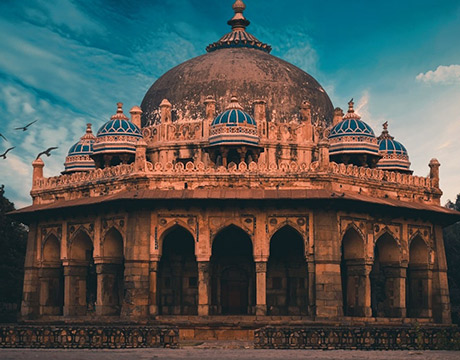
New Delhi
India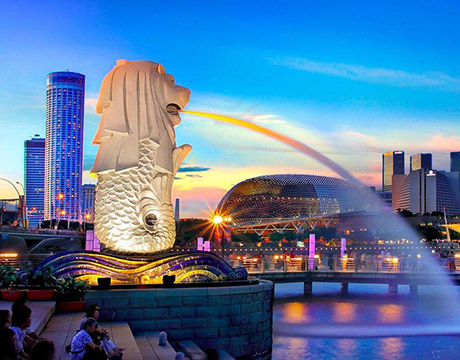
Singapore
Singapore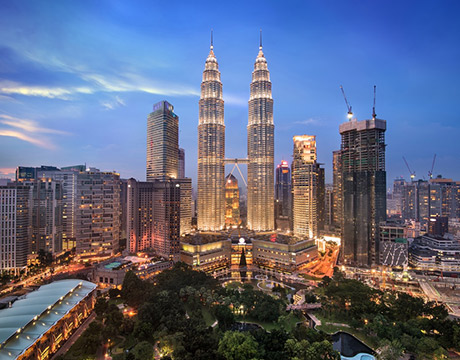
Kuala Lumpur
Malaysia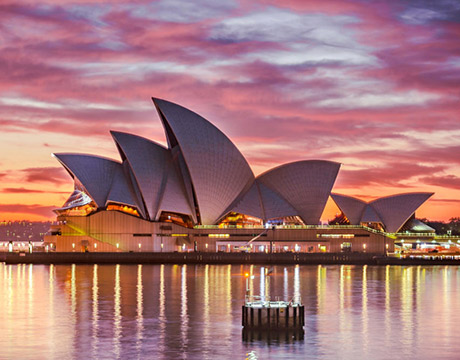
 English
English French
French Khmer
Khmer Thai
Thai Vietnamese
Vietnamese Chinese
Chinese Korean
Korean German
German Japanese
Japanese Italian
Italian Russian
Russian Spanish
Spanish Dutch
Dutch Indonesian
Indonesian Malay
Malay

